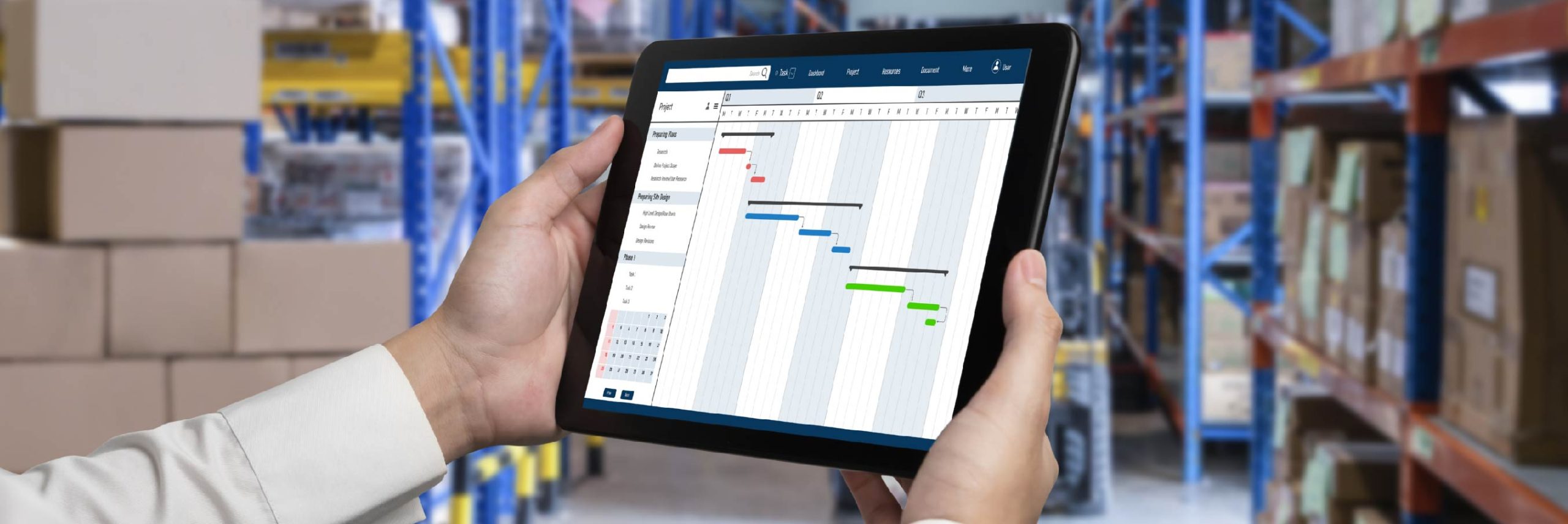
27 Nov Digital juggernaut driving Indian Trade & Commerce
India is one of the bright spots for cross-border trade in Asia with a significant amount of FDI inflows in the recent times with it increase by 85% from 2015 to 2022. With the opportunity in hand, government of India is building a robust infrastructure through various schemes such as Sagarmala, Bharatmala, PM GatiShakti and especially the National Logistics Policy.
In addition to this, the upcoming linking corridor connecting India, Middle East and Europe is a larger opportunity for India. Apparently, this corridor is said to involve rail and maritime connectivity from India to Europe through Middle East. Interestingly, the corridor is said to have a potential to speed up trade between India and Europe by a whopping 40 per cent. World leaders consider this as a beacon of cooperation, innovation and shared progress.
While the logistics industry is poised for robust growth in the coming years with all these attributes the numerous challenges ranging from manual documentation, lack of visibility, congestion, and high cost still persists.
According to government data, the logistics cost accounts for 16 per cent of the nation’s GDP and the ideal cost should be below 6 per cent. Government of India has set a cost target of 9 per cent by 2024 by improving the road, rail and maritime infrastructure.
Yet, achieving this target not only involves physical infrastructure, but also building a robust digital framework. Fortunately, the government is proactive in identifying the need for digitisation and is actively engaged on building digital frameworks and policies to leapfrog and realise growth prospects.
COVID-19 pandemic was the tipping point from when the industry seriously started pursuing technology adoption. However, in several cases the adoption was more specific to a process or a stakeholder. For example, an airline/shipping line might choose to digitise operations but the same was not applicable to all stakeholders in the port ecosystem.
But under the above mentioned schemes, digitisation is becoming mandatory for all. As a result, holistic solutions are getting adopted with which 100 per cent adoption is made possible. With this rate of adoption, the possibility of achieving cost and business synergies will become far more simpler.
This is where the role of Cargo Community System comes in. Cargo Community Systems with its intrinsic nature will play a very crucial role in enhancing the digital infrastructure supporting this economic corridor. By connecting all trade stakeholders in the value-chain CCSs will develop the network of networks by leveraging technology to narrow trade discrepancy, connect continents, civilizations and improve government service delivery. As logistics is rapidly evolving and gradually operating on harmonised data supported by deep tech like Artificial intelligence, Internet of Things, Blockchain, and 5G, Cargo Community Systems have a large role to play as an enabler.
Some years before, India was far behind at various fronts. But with all these fast-track initiatives, the country is now heading to be a role model for various nations. Even some of the developed ones would have not thought of the initiatives that are taken forward in India. But it is pretty essential to keep our success story sustainable. In order to do so, we need to ensure that our digital ecosystem keeps evolving.

